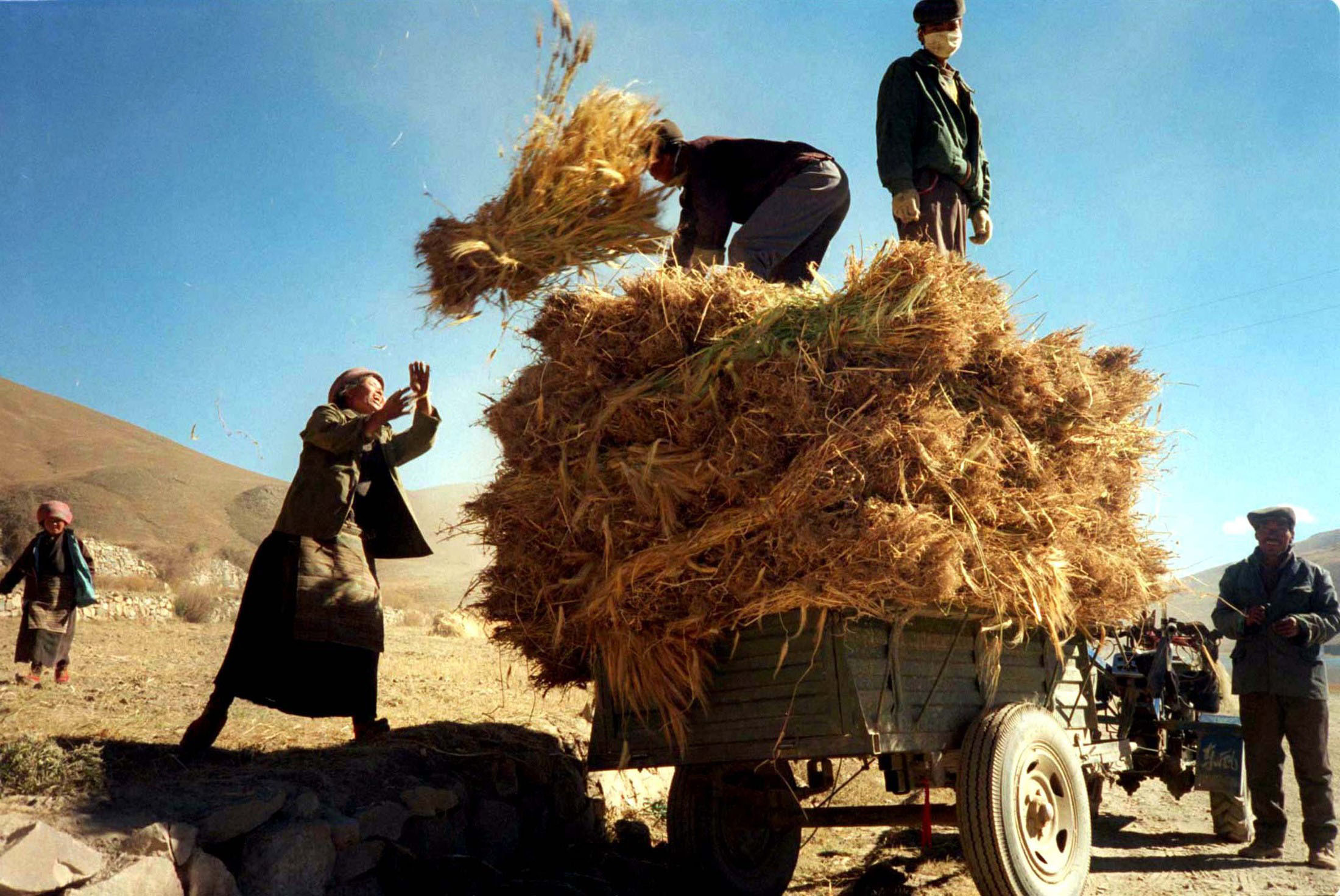The Tibetan Plateau, the harsh Asian domain known as the "roof of the world," would not seem an ideal place for people to call home thanks to its extreme altitude, frigid temperatures, relentless winds and low-oxygen conditions.
When people did succeed in colonizing this remote land, it was only after they discovered how to feed themselves year-round with cold-hardy crops such as barley brought to the region from far away, scientists said on Nov. 20.
They described 53 archeological sites in Qinghai province in northwestern China where they found remnants of rustic structures, hearths, pottery, animal bones, cereal grains and other evidence of human habitation from 1,700 to 3,400 meters above sea level.


















With your current subscription plan you can comment on stories. However, before writing your first comment, please create a display name in the Profile section of your subscriber account page.